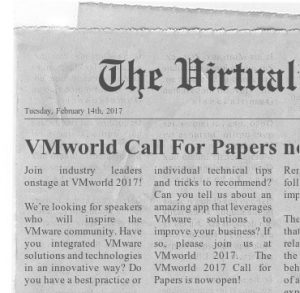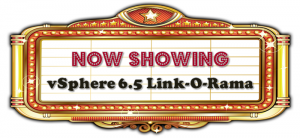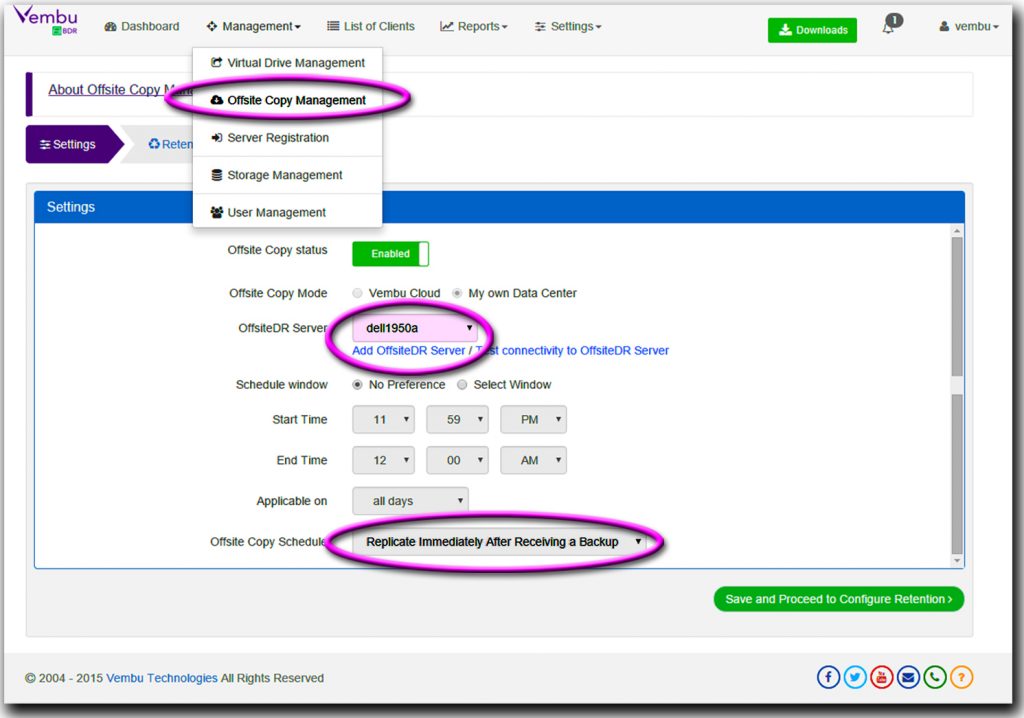VMUG UserCon’s are great events, I’ve been to dozens of them as a VMUG leader, attendee and partner over the last 6 years. Right now I’m in a battle to convince my company to sponsor them again this year and while reviewing the current year prospectus to build my business case (post coming soon on this) one thing caught my eye, the sponsor session times have shrunk to 30 minutes.
I know they were longer in prior years so I went and looked back through the prospectus that they send out each year and confirmed it, here are the sponsor session times each year:
- 2017 – 30 minutes
- 2016 – 40 minutes
- 2015 – 45 minutes
- 2014 – 45 minutes
- 2013 – 45 minutes
I don’t know the reasoning for shortening the sessions, I can assume it has something to do with time management and scheduling. Will the extra time be used on VMware sessions? More time slots with less sponsors in each slot? More time for networking? So I went and checked out one of the agenda’s from an upcoming event, there are only smaller size event agendas currently available. And from it I can see they kept the VMware session slots at 40 minutes and it looks like they added more and longer breaks after every session now for a total of 2 hours and 20 minutes throughout the day to mingle and interact with sponsors.
Whatever the reasoning behind this, as a sponsor it’s kind of disappointing to have the session length chopped down yet again, I know I cram my sessions full of technical and educational content and having only 30 minutes now really cuts down on what I can deliver to attendees. I compared this to an agenda in prior years and it looks like they had around 60-70 minutes total for break time to visit partners back then. So on the flip side while my sponsor session might be shorter, I am getting more value out of the increased free time for attendees to visit my booth. There is an entire hour now after the morning keynote free before any of the session tracks begin and longer breaks throughout the day.
So the sponsor sessions are shorter this year, sponsors will just have to deal with it. More importantly though, regardless of how long the session is, as a sponsor you should make the most out of that session opportunity and deliver content that VMUG attendees will want to see and hear. I highly encourage any sponsors to read through my session tips in this post which will help you fill your session rooms and make attendees appreciate and value your session.







